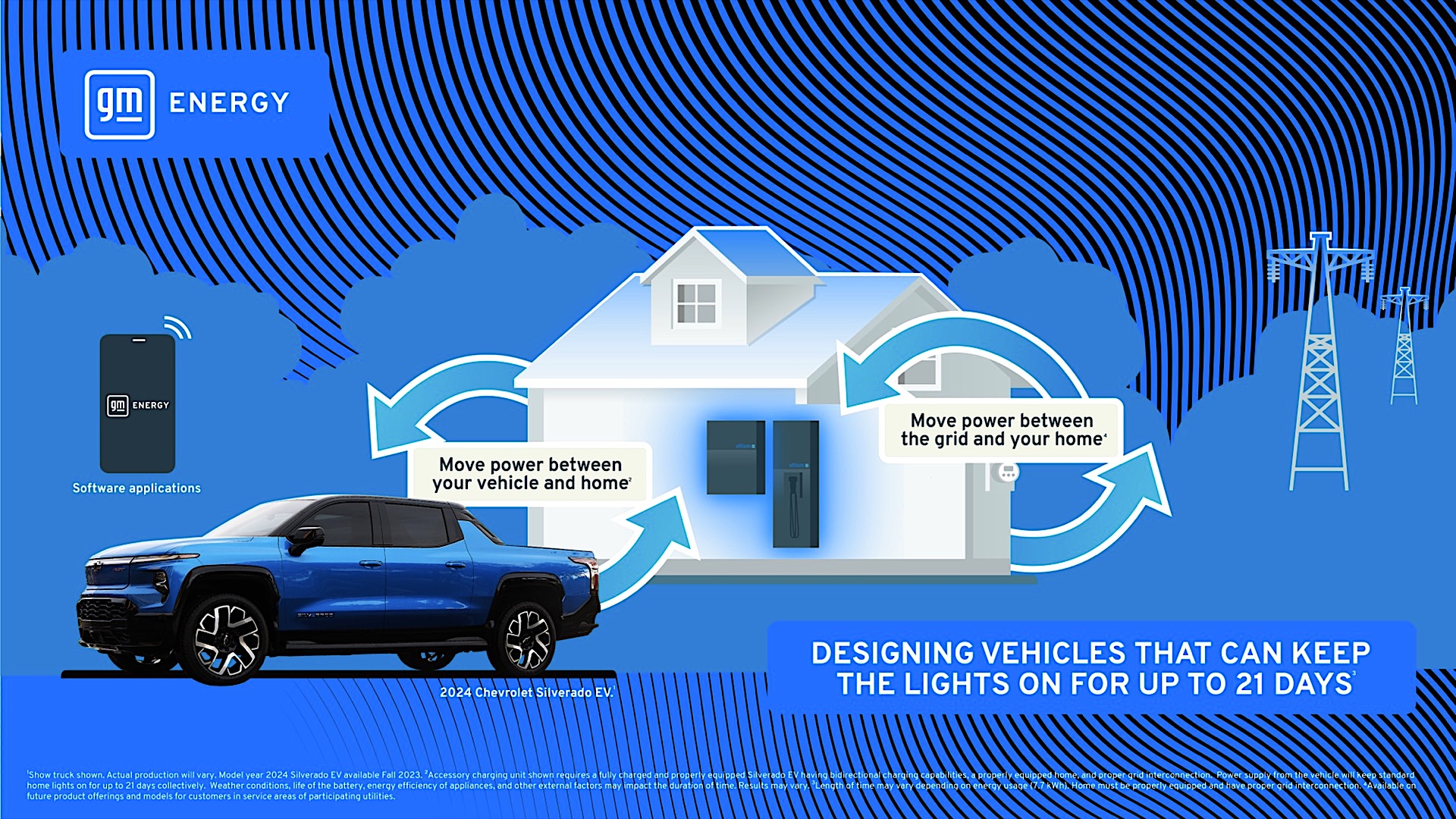In a significant leap towards sustainable energy solutions, Tesla has unveiled its innovative bi-directional charging technology for electric vehicles (EVs). This groundbreaking feature allows EV owners not only to charge their vehicles but also to discharge energy back into the grid or power their homes. As the demand for renewable energy sources continues to rise, Tesla’s bi-directional charging represents a pivotal advancement in energy management, enabling users to maximize the utility of their electric vehicles while contributing to a greener future.
In the following sections, we will delve deeper into how Tesla’s bi-directional charging works and its potential impact on the EV market. You will learn about the technology behind this feature, including the integration of vehicle-to-grid (V2G) systems and the benefits it offers to both consumers and energy providers. Additionally, we will explore real-world applications and case studies that highlight the advantages of bi-directional charging, showcasing how Tesla is leading the charge in the transition to sustainable energy.
Stay with us as we uncover the transformative potential of Tesla’s bi-directional charging technology. Whether you are an EV enthusiast, a sustainability advocate, or simply curious about the future of energy, this article will provide you with valuable insights and information. Join us on this journey to understand how Tesla is not just changing the way we drive, but also how we interact with energy itself.
Understanding Bi-directional Charging Technology
Bi-directional charging technology allows electric vehicles (EVs) to not only draw power from the grid but also send power back to it. This innovative approach transforms EVs into mobile energy storage units, enabling them to supply electricity during peak demand periods or emergencies. The technology relies on advanced inverters that can manage the flow of electricity in both directions, making it a crucial component of smart grid systems.
As the demand for renewable energy sources increases, bi-directional charging becomes increasingly relevant. It supports the integration of solar and wind energy into the grid, allowing EV owners to charge their vehicles during off-peak hours when energy is cheaper and feed excess energy back into the grid when demand is high. This not only enhances energy efficiency but also provides financial incentives for EV owners.
Benefits of Bi-directional Charging for EV Owners
One of the primary benefits of bi-directional charging is the potential for cost savings. EV owners can take advantage of time-of-use electricity rates, charging their vehicles when electricity is cheaper and selling power back to the grid during peak pricing. This can significantly reduce overall energy costs and provide a new revenue stream for EV owners.
Additionally, bi-directional charging enhances energy independence. By utilizing their EVs as backup power sources, owners can maintain electricity supply during outages. This capability is particularly valuable in regions prone to natural disasters or unreliable grid infrastructure, providing peace of mind and increased resilience for EV owners.
Environmental Impact of Bi-directional Charging
Bi-directional charging contributes to a more sustainable energy ecosystem by promoting the use of renewable energy sources. By enabling EVs to store excess energy generated from solar panels or wind turbines, this technology helps balance supply and demand on the grid. This reduces reliance on fossil fuels and lowers greenhouse gas emissions, making it a vital component of efforts to combat climate change.
Moreover, bi-directional charging can facilitate the transition to a circular economy. By maximizing the use of existing resources and minimizing waste, this technology aligns with sustainability goals. As more EVs adopt bi-directional capabilities, the cumulative effect on energy consumption and emissions could be substantial, leading to a cleaner and more efficient energy landscape.
Challenges and Limitations of Bi-directional Charging
Despite its numerous advantages, bi-directional charging technology faces several challenges. One significant hurdle is the need for compatible infrastructure. Not all charging stations or home setups are equipped to handle bi-directional charging, which can limit its widespread adoption. Upgrading existing infrastructure requires investment and coordination among various stakeholders, including utility companies and EV manufacturers.
Additionally, there are concerns regarding battery degradation. Frequent cycling of energy in and out of the battery can potentially shorten its lifespan. Manufacturers must develop robust battery management systems to mitigate these effects and ensure that EV owners can benefit from bi-directional charging without compromising battery health.
Tesla’s Role in Advancing Bi-directional Charging
Tesla has been at the forefront of electric vehicle innovation, and its introduction of bi-directional charging is no exception. By integrating this technology into its vehicles, Tesla is setting a standard for the industry and encouraging other manufacturers to follow suit. The company’s commitment to sustainability and energy efficiency aligns perfectly with the principles of bi-directional charging.
Furthermore, Tesla’s Supercharger network is evolving to support bi-directional capabilities, allowing for seamless energy exchange between vehicles and the grid. This initiative not only enhances the user experience but also positions Tesla as a leader in the transition to a more sustainable energy future.
Future Prospects of Bi-directional Charging in the EV Market
The future of bi-directional charging in the EV market looks promising. As technology continues to advance, we can expect to see more vehicles equipped with this capability, along with an expansion of supporting infrastructure. Governments and utility companies are increasingly recognizing the benefits of bi-directional charging, leading to potential incentives and policies that promote its adoption.
Moreover, as consumer awareness of energy management grows, the demand for bi-directional charging solutions is likely to increase. This trend will not only benefit individual EV owners but also contribute to a more resilient and sustainable energy grid, paving the way for a cleaner future.
| Feature | Description |
|---|---|
| What is Bi-directional Charging? | Bi-directional charging allows electric vehicles (EVs) to both receive and supply electricity. This means that EVs can not only charge from the grid but also send power back to the grid or to other devices. |
| Benefits |
|
| How It Works | Using a compatible charging station, EVs can switch between charging and discharging modes. The vehicle’s battery management system controls the flow of electricity. |
| Applications |
|
| Future Prospects | As bi-directional charging technology matures, it is expected to play a significant role in the transition to renewable energy and smart grid solutions. |



